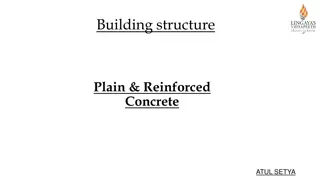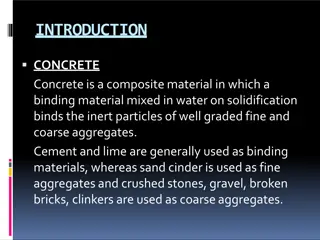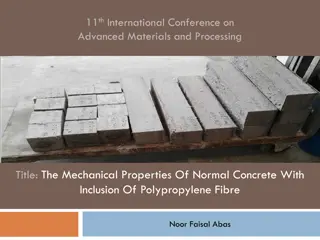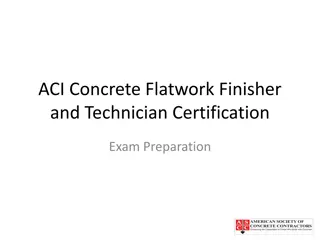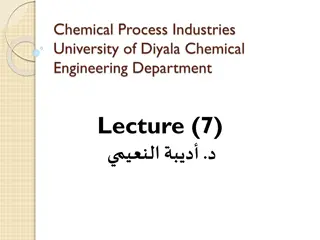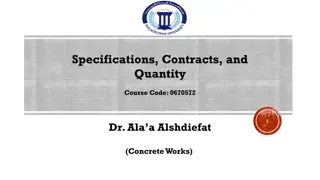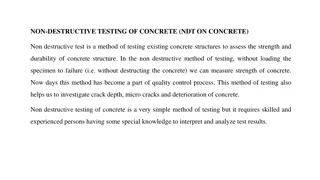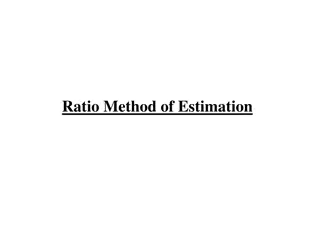
The Importance of Proper C15 Concrete Mix Ratio
Learn why a proper C15 concrete mix ratio is crucial for building strength and durability. Get expert tips on achieving the best mix.
Download Presentation

Please find below an Image/Link to download the presentation.
The content on the website is provided AS IS for your information and personal use only. It may not be sold, licensed, or shared on other websites without obtaining consent from the author. Download presentation by click this link. If you encounter any issues during the download, it is possible that the publisher has removed the file from their server.
E N D
Presentation Transcript
The Importance of Proper C15 Concrete Mix Ratio Concrete is the cornerstone of modern construction, forming the structural backbone of buildings, roads, bridges, and more. Among the various concrete grades, C15 concrete is a commonly used mix that provides adequate strength for non-structural applications, such as floors, driveways, and footpaths. Ensuring the proper mix ratio for C15 is crucial to achieving the desired performance and longevity of these structures. By understanding the significance of each ingredient and adhering to precise measurements, builders can avoid common pitfalls that lead to compromised quality and structural failures. Properly mixed concrete not only enhances the durability of a project but also contributes to overall cost efficiency and sustainability. What is C15 Concrete? C15 concrete is a lower-grade concrete with a compressive strength of 15 megapascals (MPa). The "C" stands for "Concrete," and the number 15 represents the strength in
MPa. This type of concrete is suitable for general purpose use in construction where high strength is not a critical requirement but durability and consistency are still important. Read More Articles: The History and Significance of Audubon's "Birds of America" Book Components of C15 Concrete C15 concrete is composed of four primary materials: cement, water, fine aggregates (sand), and coarse aggregates (gravel or crushed stone). Each component plays a vital role in the overall performance of the concrete: Cement: Acts as the binding agent that holds the concrete together once it sets and hardens. Water: Initiates the chemical reaction with cement (hydration) that allows the concrete to set and gain strength. Fine Aggregates: Fill the voids between the coarse aggregates and contribute to the overall strength and durability. Coarse Aggregates: Provide bulk and stability to the concrete, enhancing its load-bearing capacity. The Importance of Proper Mix Ratio The mix ratio is the proportion of these components in the concrete mix. For C15 concrete, the typical mix ratio by volume is approximately 1:2:4 (one part cement, two parts fine aggregates, and four parts coarse aggregates). Maintaining this ratio is essential for several reasons: 1. Ensures Structural Integrity The primary reason for adhering to the correct C15 concrete mix ratio is to guarantee the structural integrity of the concrete. If the proportions are incorrect, the concrete may not achieve the desired compressive strength, resulting in potential structural failures. For example, too much water can weaken the mix, while too little water can make it difficult to work with and result in poor compaction.
2. Achieves Desired Strength The mix ratio directly influences the strength of the concrete. A proper C15 mix ratio determines that the concrete will reach its intended compressive strength of 15 MPa. This strength is adequate for non-load-bearing applications, which provides a durable surface that can withstand moderate loads and wear. 3. Enhances Durability Durability is a critical aspect of concrete performance, especially in environments exposed to: Weathering Chemicals Physical abrasion A correct mix ratio ensures that the concrete has the right density and porosity to resist these external factors. Incorrect ratios can culminate in increased permeability while allowing water and harmful substances to penetrate the concrete and cause deterioration. 4. Improves Workability Workability refers to how easily the concrete can be mixed, placed, and finished. The right mix ratio ensures a balance between fluidity and cohesiveness, thereby making it easier to handle and apply the concrete. A mix that is too dry may be difficult to work with and compact, while a mix that is too wet may lead to: Segregation of the aggregates Uneven strength distribution 5. Promotes Cost Efficiency Overuse of cement, which is the most expensive component, can unnecessarily accelerate costs. Conversely, using too little cement can compromise the concrete's quality, leading to potential repairs and replacements. Properly balanced ratios: Optimise material usage Minimise waste
Best Practices for Mixing C15 Grade Concrete Achieving the correct mix ratio for C15 concrete demands careful measurement and mixing of the components. Here are some best practices to guarantee a consistent and high-quality mix: 1. Accurate Measurement Accurate measurement of each component is crucial. Use appropriate measuring tools and follow the 1:2:4 ratio by volume. Avoid approximations or "eyeballing" the quantities, as small deviations can significantly impact the final mix quality. 2. Consistent Mixing Consistency in mixing is key to achieving a uniform concrete mix. Whether you are mixing by hand or using a mechanical mixer, ensure that all components are thoroughly combined. Mechanical mixers are preferred for larger batches as they provide a more consistent and homogeneous mix. 3. Gradual Addition of Water Add water gradually while mixing to achieve the desired consistency. It's better to start with less water and add more as needed, rather than adding too much at once. The ideal mix should be workable but not overly wet. 4. Quality Control Implementing quality control measures can help ensure that each batch of concrete meets the required standards. This includes checking the consistency, slump, and workability of the mix. Conducting test batches can: Help fine-tune the mix ratio Identify any issues before large-scale application Read More Articles: Expert Tips for Efficient Water Heater Operation
5. Proper Placement and Compaction Proper placement and compaction of the concrete are critical to achieving the desired strength and durability. Ensure that the concrete is placed within 90 minutes of mixing to prevent initial setting. Additionally, use appropriate compaction methods, such as tamping or vibrating, to: Remove air pockets Ensure a dense, solid structure 6. Curing Curing is the process of maintaining adequate moisture and temperature conditions to allow the concrete to achieve its full strength. For C15 concrete, curing should continue for at least 7 days, using methods such as: Water curing Covering with wet burlap or plastic sheets Applying curing compounds Takeaway The importance of the proper C15 concrete mix ratio cannot be overstated. Adhering to the correct proportions of cement, water, fine aggregates, and coarse aggregates is crucial for ensuring the structural integrity, strength, durability, and workability of the concrete. Want the highest-quality C15 concrete for your construction project? It s time to end your research and contact our professionals at Pro-Mix Concrete! Our top-notch services include customising concrete mix ratios and assisting clients by providing sturdy, long-lasting concrete. Site Article: The Importance of Proper C15 Concrete Mix Ratio




